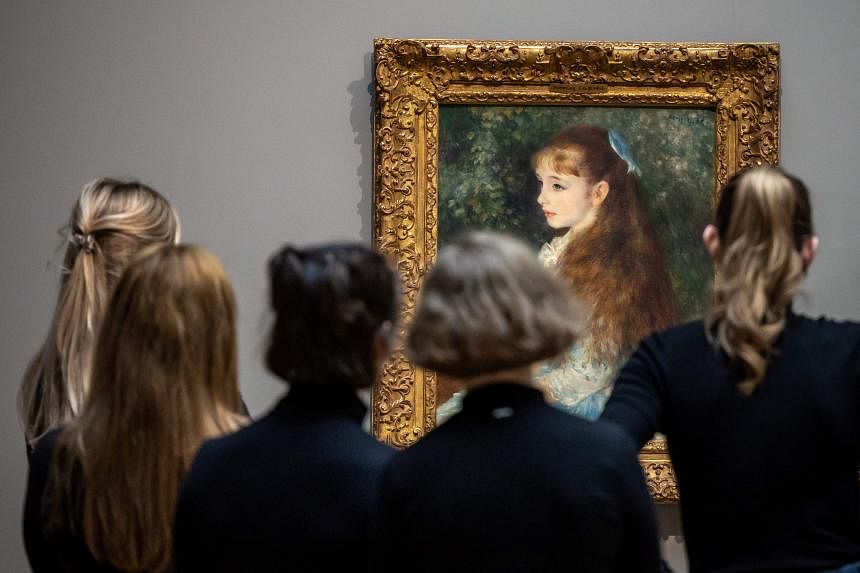ZURICH – A top Swiss museum has run into trouble showing an art collection acquired in questionable circumstances during World War II, with some saying its attempt to put it “in context” does not focus enough on the fate of the art’s former Jewish owners.
There has long been suspicion around the Nazi-era origins of one of Europe’s most prestigious private art collections, acquired by arms dealer Emil Buhrle, who made his fortune during the war.
The German-born industrialist became a naturalised Swiss citizen in 1937 and died in 1956, having amassed around 600 artworks, including masterpieces by Cezanne, Degas, Manet, Monet, Renoir, Rembrandt, Picasso and Van Gogh.
Some had previously been looted from their Jewish owners, or sold cheaply and in haste as their owners fled the Nazis.
The Kunsthaus Zurich faced criticism in 2021 when it opened a new building to house around 170 pieces from the collection.
The museum’s new show, “A future for the past – the Buhrle Collection: art, context, war and conflict”, tries to broaden the focus to examine what happened to the Jewish collectors.
But some say it has not gone far enough, with hackers attacking its website earlier this year, branding Buhrle a “Nazi sympathiser”.
Even before the show opened on Nov 3, an advisory committee of external experts quit in protest at the lack of space given to the former Jewish owners.
“Despite our repeated recommendations to provide the necessary space to the fates of the collectors who were persecuted, looted and murdered, only a small portion is dedicated” to them, an unnamed committee representative told the Swiss daily Le Temps.
Given that “Emil Buhrle profited from the historical context to assemble his collection, it is problematic to have the impression that the (Nazi’s) victims are being marginalised,” she added.
“We’re aware of the fact that this collection entails a lot of discussions, and we felt that we need to show the work, but also with a context,” museum director Ann Demeester told AFP.
The Buhrle Foundation, which owns the collection, admitted that 13 paintings the arms dealer bought during the war had been looted by the Nazis from Jews in France.
After court cases in the late 1940s, Buhrle returned all 13 pieces to their rightful owners and then repurchased nine of them, the foundation said.
“The artwork themselves are not guilty,” Ms Demeester said, “but they are a testimony to this history of horror”.

